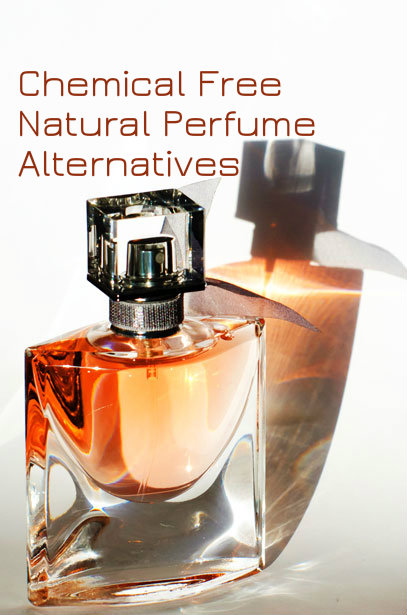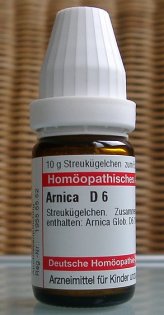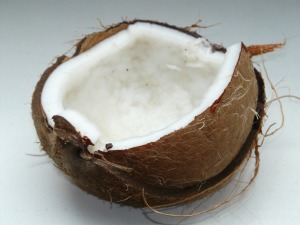It seems like one of life’s ironies that just as you are getting your act together in your thirties you start to notice the first small visible signs that you are getting older.
You have a great relationship, your career is on track, you are starting to really make it in the world and you notice that little crinkles that were cute in your twenties are starting to get deeper and turn into proper crow’s feet. The telltale signs of long hot summers are starting to show as brown spots.
Hormone changes are at the bottom of these changes. Our bodies are designed to carry babies through our teens and twenties and after that our reproductive hormones start to decrease. Most hormone changes start about thirty and continue right on through menopause.
After the age of twenty-five we don’t produce as much human growth hormone (HGH) either and this means that we stop replacing cells as fast, collagen production slows and our skin becomes loose and dull. By the time we are thirty our levels of growth hormone might be only about twenty percent what they were when we were eighteen.
As oil production drops, older skin is not able to retain moisture as well as younger skin causing loss of elasticity and producing wrinkles. The decreased collagen in your skin results in thinner less flexible skin which is more likely to damage and is slower to repair.
If you nurtured your skin right through your teens and twenties, stayed out of the sun and off tanning beds, avoided any high living, ate perfectly and didn’t smoke you’ll probably look amazing at thirty. But, chances are you spent lots of your twenties out in the sun, a glass of vino in one hand, a cigarette or burger in the other. By the time you reach your thirties your earlier vices will become evident, you can see it in your skin. The normal effects of the hormonal changes in your body will be worse.
But don’t despair. There is still time to repair the damage and to turn those fine lines, saggy skin, blotches and dryness around.
HELP! HOW TO SLOW DOWN AGING
We’ve all heard anti-aging advice from our mothers since we were small. Brush your hair one hundred times, drink lots of water, eat lots of fruit and veges, get eight hours sleep and lots of exercise. While these are all important there is more to it.
There are two parts to supporting the regenerative processes of your skin and slowing the processes that cause it to age.
When we are identifying the causes of aging skin and hair we need to consider both the internal and environmental factors. Of course beauty does come from within and if we are not putting the right things into our body it will show up straight away on our skin.
Free radicals are produced by your body and are a natural part of metabolism. Your body can deal with a certain amount. But when you make poor food choices, are exposed to chemicals in your environment or the products you use on your skin and hair, you produce many more free radicals, far too many for your body to deal with, and this results in inflammation.
Free radicals are known not only to be the cause behind many chronic and serious diseases, but they also affect your skin by causing inflammation, destroying cells, and causing pigment changes.
EXTERNAL CAUSES
In your everyday life your skin is exposed to many harmful toxins, from those found in air pollution (both indoors and outdoors) to those in your moisturizer. There are the obvious toxins like petrol fumes or those used in nail salons, but there are also a myriad of others that are not at all apparent. And many environmental toxins can affect our skin through pathways that include our gut, our liver, our kidneys and our lungs. No matter which way the toxin affects us, it creates free radicals in our body that lead to inflammation and the resulting signs of aging showing on our skin.
SUNLIGHT
Too much sun exposure can dramatically age the skin. It produces broken capillaries, wrinkles, age spots, dry, thickened, pigmented skin. Known as photo-aging, skin aging is accelerated by exposure to UV radiation. Wearing sunscreen may not be the best answer to the problem of UV exposure, as the chemicals in the sunscreen can actually react when they come in contact with the suns rays to speed up skin damage and promote aging.
Vitamins A and C are helpful in reversing the damage caused to your skin by the sun’s rays. Whether you take a supplement, eat lots of foods rich in these vitamins or find them in the products you apply to your skin, they will benefit. But don’t use products full of harmful chemicals simply because they have vitamins added. There will not be enough vitamins in the product to counteract the damage caused by the chemicals.

DIET
Antioxidant rich diets are the answer to slowing down the aging caused by free radicals, by both reducing them and producing beneficial anti-aging results for your skin.
Foods that are denatured, pesticide-ridden, genetically modified, processed are essentially ‘dead’ foods and toxic to your body.
SKIN CARE PRODUCTS
Read your makeup and skin care ingredient labels carefully.
Some chemicals in most makeup products are endocrine disruptors and mimic hormones. Makeup, skin care and hair care products should only contain natural products. A good rule is if you can’t eat it don’t apply it.
Be careful of synthetic cleaning products as they contain dioxin which also disrupts the endocrine system and interferes with the immune system.
ANTI-AGING SKIN CARE REGIME
Avoid soap or foaming or gel cleansers. They strip the natural oils from your skin and cause aging. Try a quality, chemical free, milk cleanser, or make one your self. Any cleanser that leaves your skin feeling tight needs to be avoided as it could lead to dry, flaky, irritated skin.
Select a moisturiser that will help your skin by keeping it hydrated and protect it from the dehydrating effects of airconditioning and heating. BE CAREFUL, many chemicals are added to leave your skin feeling moist and soft but are actually dehydrating. If the humidity is less than 65% these humectants will draw moisture to the skin from the cells below the surface instead of from the air, which naturally causes the skin to dry out.
NOURISHING OILS
As an alternative a light application of a vegetable oil such as jojoba, coconut, almond, apricot kernel, camellia, avocado or olive will nourish your skin and can be used as an alternative to face creams.
Even those with oily skin can use oils as a skin moisturiser. Vegetable oils, particularly jojoba, nourish your skin without causing pimples, acne or blackheads, which are caused by a combination of factors.
Jojoba oil is a liquid wax which was used to treat skin conditions like acne and eczema in folk medicine. It is said to be closer to human sebum than any other oil which makes it an ideal choice for skin care. Strange as it sounds to put oil on oily skin, it works because chemically oils break down oils.
Gently massage a few drops of jojoba oil into your face. Place a warm washcloth over and allow it to cool before wiping off the oil. Rinse the cloth and apply a few more times until the oil is gone.
Don’t use these oils around your eyes, instead choose rosehip oil which is rich in omega 3.
EXFOLIATION
Exfoliating helps to remove dead skin cells but needs to be done gently or it will accelerate aging and cause inflammation. Natural options include oatmeal ground in a blender with almond or rice milk added. Form it into a light paste and gently massage into your skin before washing.
TREATING WRINKLES
While it is important to take steps to minimise wrinkles forming the challenge becomes how to get rid of those you already have without resorting to toxic skin care. Here are a few home remedies you can try out to reduce wrinkles.
- Coconut Oil is one of the best home remedies to minimise wrinkles and it is easy. Simply gently rub organic coconut oil over your face and neck before going to bed. It is rich in antioxidants and vitamins and has anti-bacterial and anti-fungal properties. Coconut oil contains an essential emollient to reduce wrinkles and make skin firmer and softer.
- Aloe vera contains malic acid to improve the elasticity of your skin to reduce wrinkles. Simply cut the leaf off and extract the gel. Apply to your skin and leave on for twenty minutes then wash off with warm water.
- Ginger is high in antioxidants and helps inhibit the breakdown of elastin. Drink ginger tea twice a day or eat a piece of finely chopped ginger mixed with a tablespoon of honey every morning.
- Cucumber cut into thin slices and placed on the skin can soften the skin and help remove wrinkles.
- Vitamin E massaged into the skin daily can help remove wrinkles (simply break open vitamin E capsules)
- Rosehip oil patted gently into your face reduces wrinkles.
- Apple is very high in malic acid. Mash a boiled or stewed apple. Add one tablesppon of honey and some milk powder (if you have it). Apply to your face and leave on for at least fifteen minutes before washing off. Apple improves your skin’s elasticity.
Above all avoid products which include parabens, parrafin, mineral oil, propylene glycol, sodium lauryl sulphate, or acrylamide.
These preventions and treatments are not just for those in their thirties. Everyone will benefit from a natural skin care regime and no matter what your age you can always slow down the aging process.
While you can’t stop the aging process entirely, taking a few simple steps can certainly slow it down and give you glowing skin along the way.
Disclaimer
All information and opinions presented here are for information purposes only and are not intended as a substitute for professional advice offered during a consultation. Please consult with your health care provider before following any of the treatment suggested on this site, particularly if you have an ongoing health issue.

Source articles
http://swiftcraftymonkey.blogspot.com.au/2012/02/question-does-glycerin-draw-water-from.html
http://www.livestrong.com/article/155700-jojoba-oil-for-acne-prone-skin/ http://www.top10homeremedies.com/home-remedies/home-remedies-for-wrinkles.html























